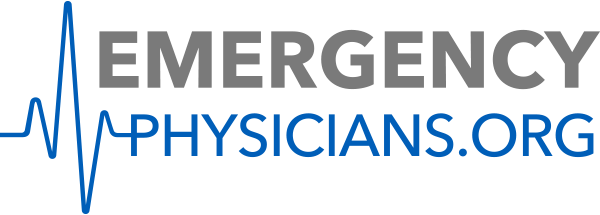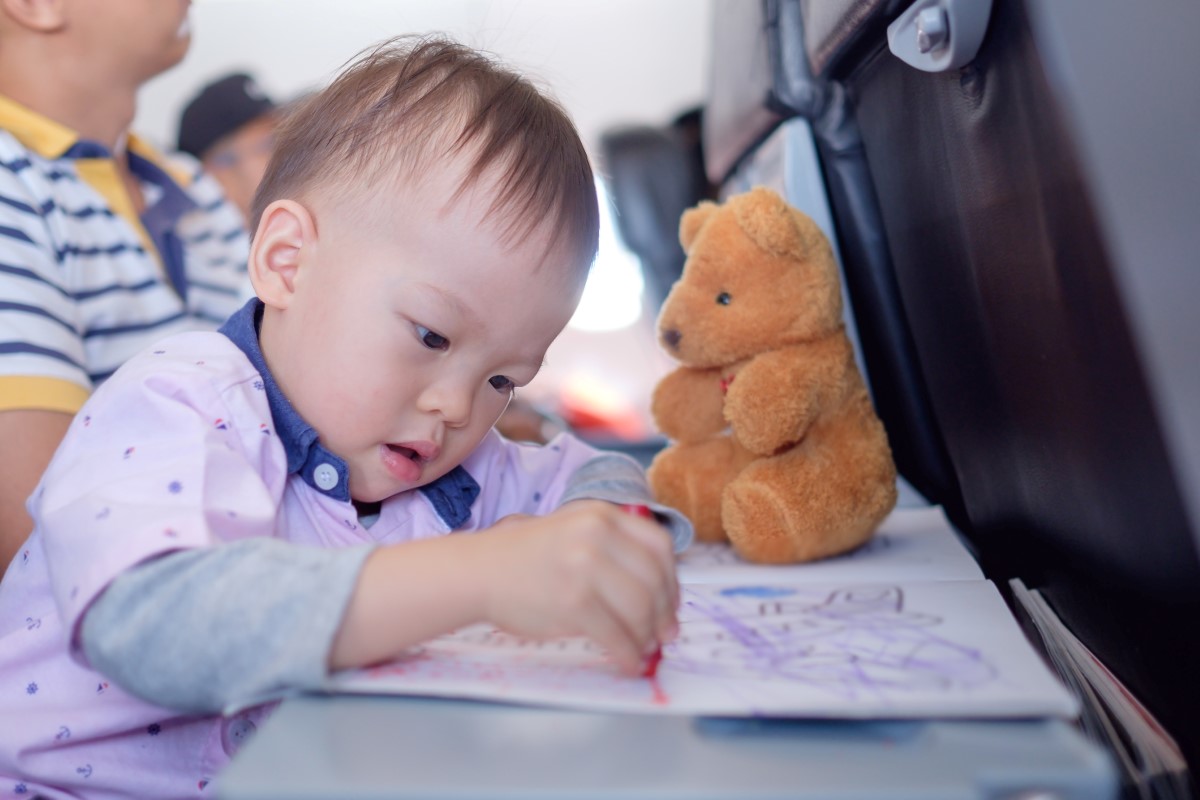WASHINGTON, D.C.—Resources are limited on an airplane during an in-flight emergency and access to care is not always immediate. A new study published in Annals of Emergency Medicine reveals that 15.5 percent of in-flight emergencies involve children and that one in six cases require additional care.
“While traveling on a plane, it’s important to make sure our most vulnerable and precious cargo—our children—are as safe as possible, especially if a medical emergency should occur,” said Alexandre T. Rotta, MD, chief, Division of Pediatric Critical Care Medicine at Duke University Medical Center and lead study author. “We hope this study informs opportunities to improve in-flight safety equipment and highlights the importance of coordination between in-air and ground-level emergency response. It is also important for parents to be mindful of steps they can take to avoid emergencies while traveling.”
The most common medical incidents involved nausea and vomiting (33.9 percent), fever or chills (22.2 percent), or acute allergic reaction (5.5 percent). Other common incidents were abdominal pain (4.7 percent), stomach flu (4.5 percent), syncope (3.5 percent) and seizure (2.6 percent). There were 11 in-flight deaths.
Lap infants comprised 14 percent of the global sample of in-flight pediatric emergencies. The most common emergencies for these tiny travelers included fever (33 percent), vomiting (18.3 percent), blunt trauma (6.9 percent), respiratory distress (5.7 percent) or seizures (4.8 percent).
“Parents should take precautions to avoid in-flight medical events when possible,” said Dr. Rotta. “For example, remember to carry your child’s medicine onto the plane rather than leaving it in checked baggage, since on-board emergency medical kits currently are not tailored to address issues most commonly experienced by pediatric travelers.”
The study found that crewmembers provided the vast majority of pediatric in-flight emergency care (86.6 percent), with physician and nurse passenger volunteers providing 8.7 percent and 2.1 percent of the care, respectively. While most incidents were resolved in-flight (82.9 percent), one in six (16.5 percent) required additional care upon landing and only 0.5 percent required airplane diversion.
“Certain types of pediatric in-flight medical events, like seizures or cases requiring the involvement of an onboard nurse or physician medical volunteer, are significantly more likely to result in aircraft diversion,” added Dr. Rotta. “However, not every serious in-flight emergency leads to diversion. Although input from the onboard medical volunteer is considered, the decision to divert rests ultimately with the pilot in command and must weigh multiple factors, including the safety of all passengers and crew, fuel load, and the availability of suitable diversion points.”
Study authors examined in-flight medical emergency records from January 2015 through October 2016 involving children under the age of 19. A total of 75,587 unique calls were analyzed and 11,719 (15.5 percent) involved children. The calls originated from flights involving 77 airlines on six continents.
 American College of Emergency Physicians
American College of Emergency Physicians







